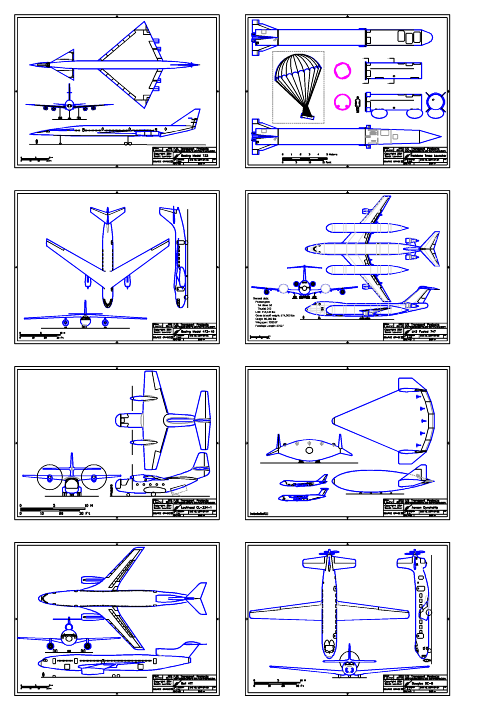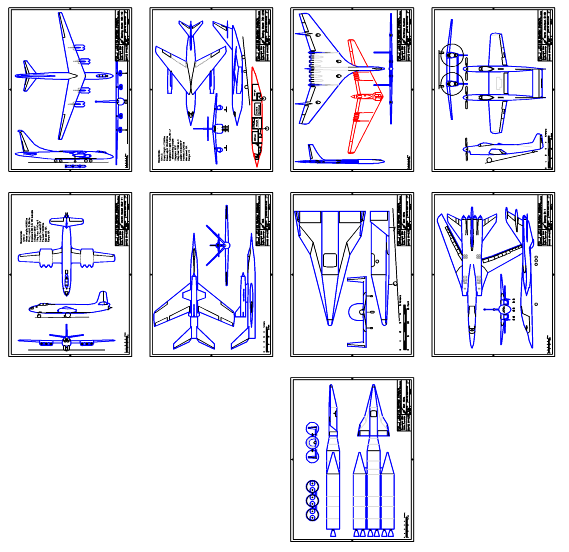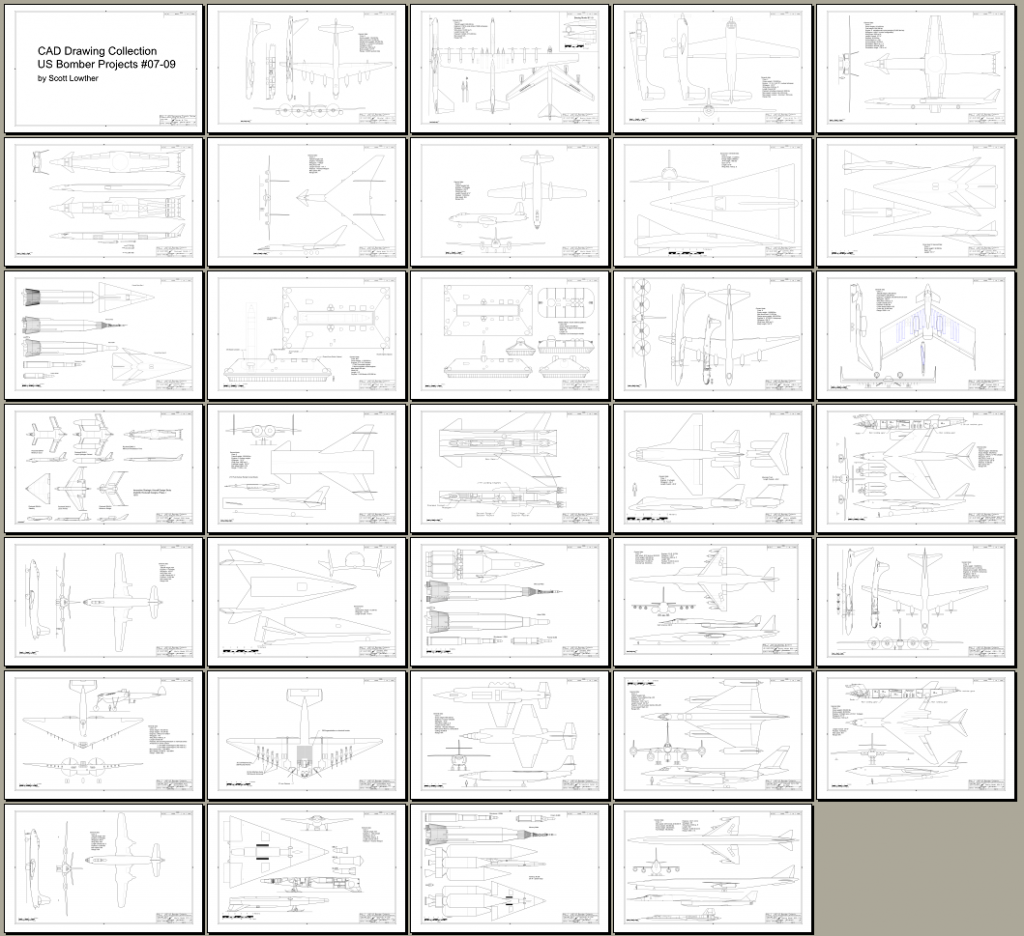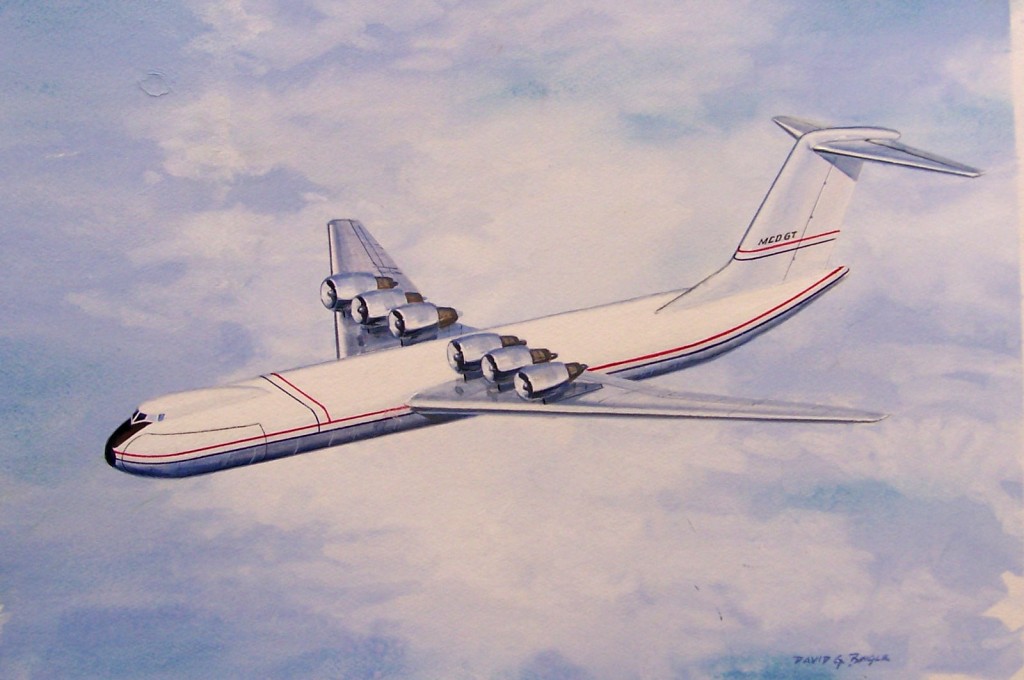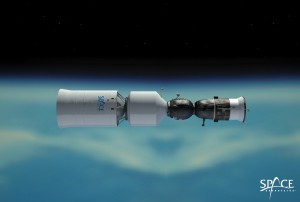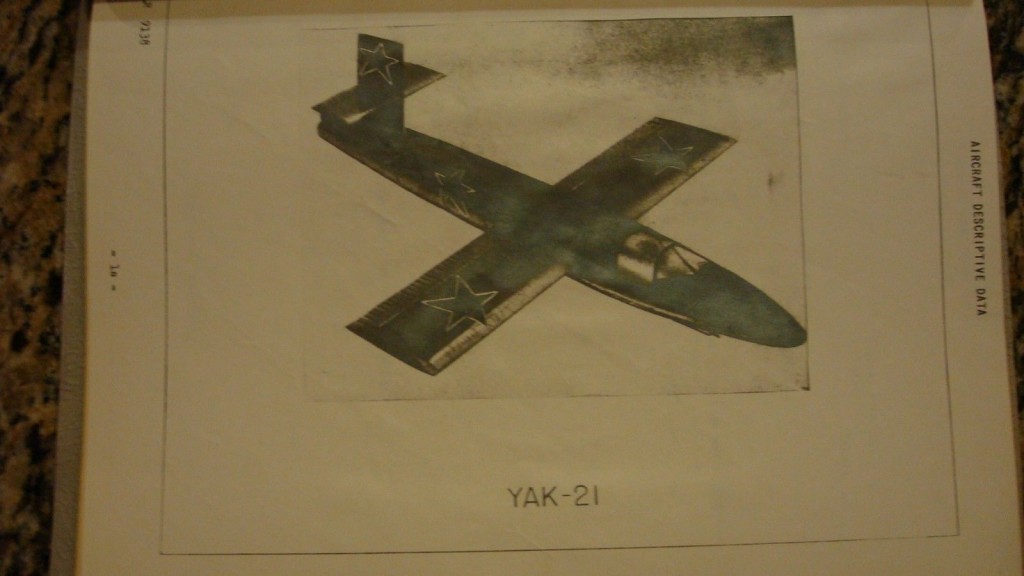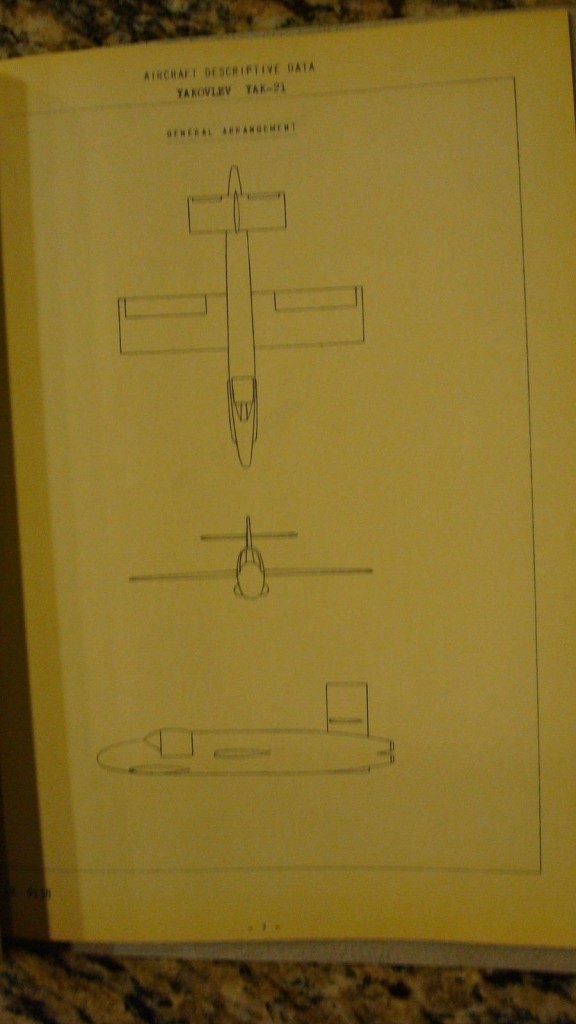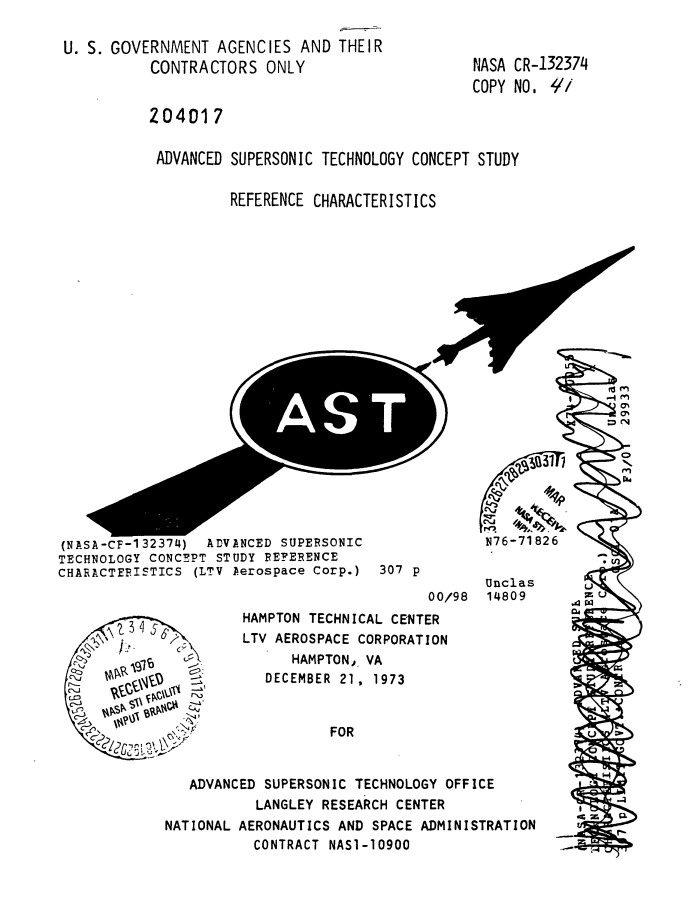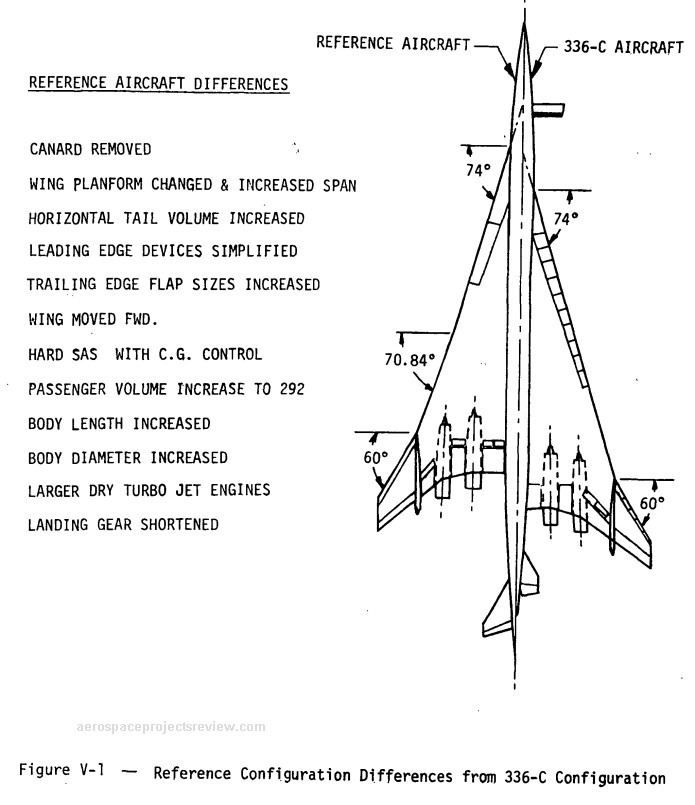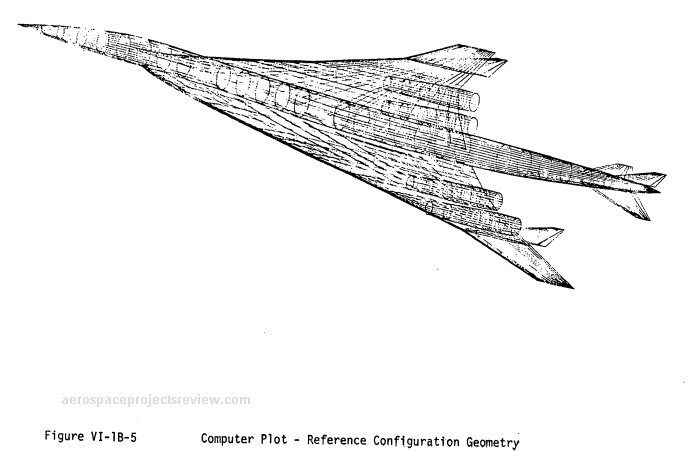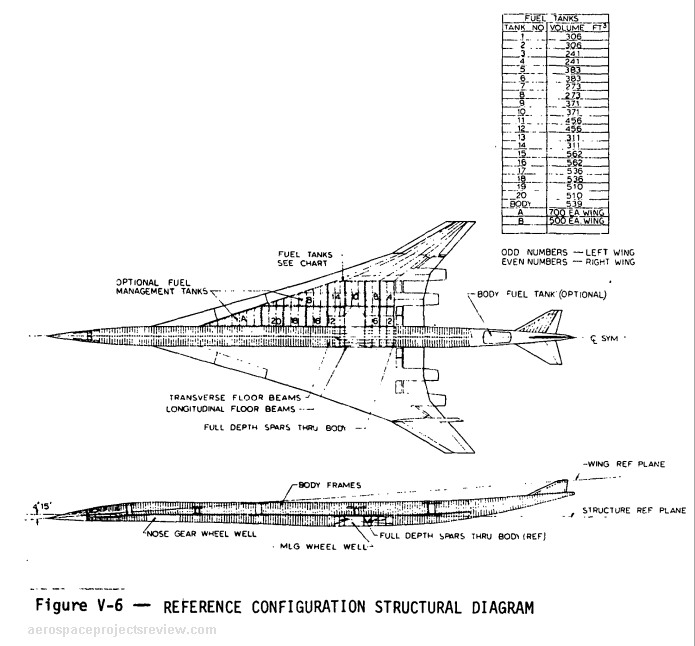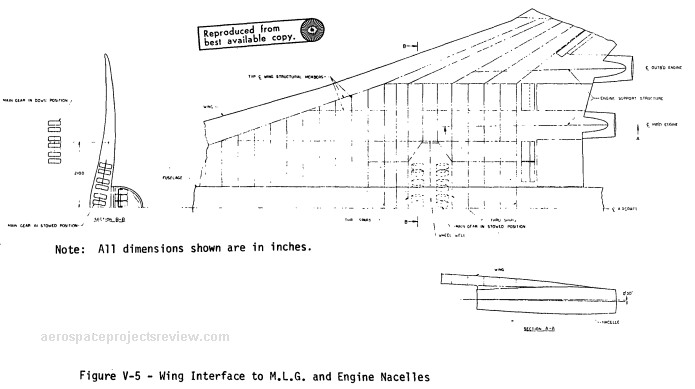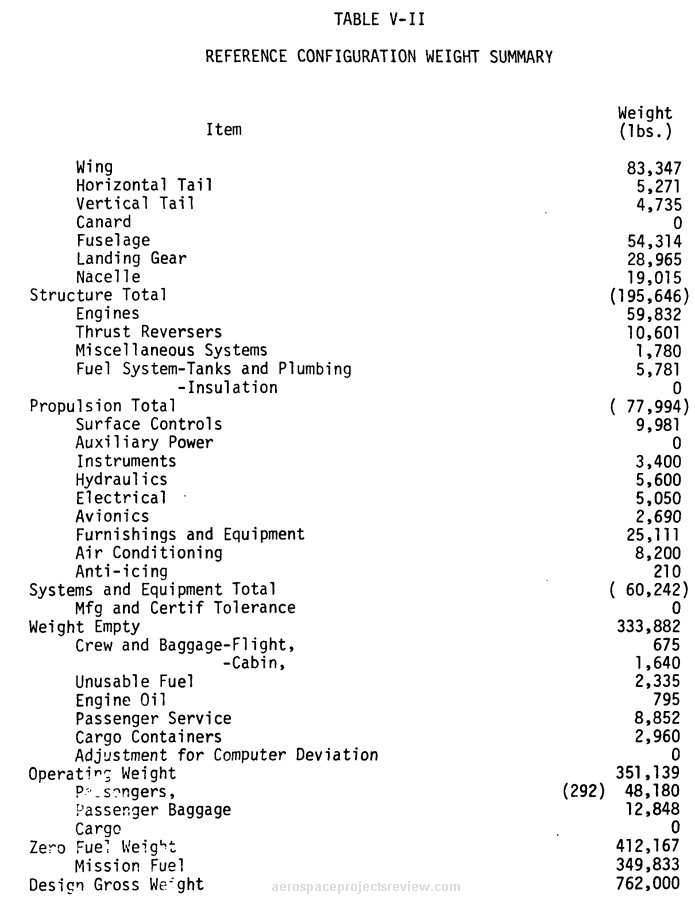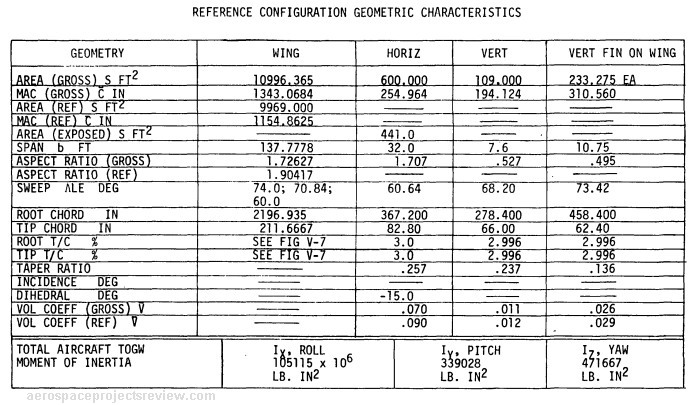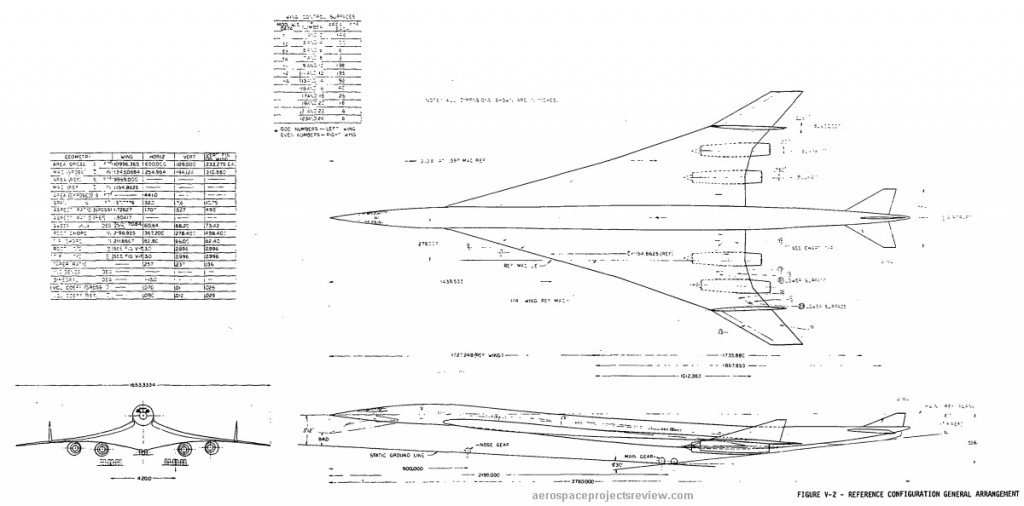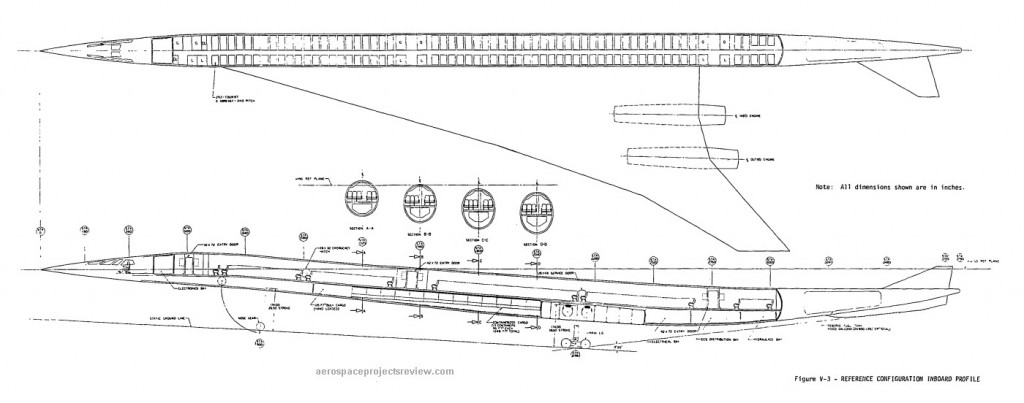I’d planned on having these done a few days ago, but as I’ve reported recently, CAD drafting has been difficult of late. Nevertheless I forged through, and here’s a preview of the next three things I plan to release.
From the same eBay seller mentioned HERE is an illustration of a McDonnell-Douglas heavy lift cargo aircraft. This design features a non-circular fuselage (it appears to be two cylinders side-by-side and faired over) and six engines located over the wing. Without further documentation, the reasoning can only be guessed at, but I would expect that the idea was to get the engines up high away from foreign objects that might be found on unimproved runways, while permitting a very low stance for the landing gear to ease cargo loading. It appears that there were cargo doors on the sides of the nose, possibly indicating that it indeed had two independently pressurized cylindrical bays.
The October rewards for the APR patrons have been released. They include:
PDF document: “A Recoverable Air Breathing Booster,” A Chrysler study from 1964 for a strap-on booster system for the Saturn Ib incorporating additional H-1 rocket engines and jet engines for recovery.
PDF Document: “XF-103 Descriptive Data,”a Lockheed collection of information on the then-current XF-103. This is from a Lockheed collection of information on competitors designs.
Large format diagram scan: the Boeing Advanced Theater Transport. A later version of the tilt-wing “Super Frog.”
And for the higher-end patrons, a CAD diagram of an early NACA-Langley design for what would become the X-15.
If you would like to access these items and support the cause of acquiring and sharing these pieces of aerospace history, please visit my Patreon page and consider contributing.
While the going seems to be slow, it’s nice to see actual physical progress on a new spacecraft (suborbital, sure, but still…). Over HERE XCOR has released a few high-rez photos of their Lynx spaceplane being assembled. The cockpit is now attached to the fuselage. The aft of the pressurized cockpit is an odd looking structure, a very complex carbon fiber single-piece bulkhead. Usually such things are simple metal pressure vessels made from cylinders and spheroids, but this one features a more-or-less flat aft bulkhead (presumably for space-saving purposes) with a whole lot of ribs for strength. Must’ve been fun to mold…
I keep hearing ominous things about the hybrid rocket propulsion system on the Virgin Galactic SpaceShip Two. It’s getting to where I won’t be surprised if Lynx beats ’em into space with a paying customer. And if that does happen, I wonder at the possibility of VG switching out the hybrid for an XCOR liquid system…
I’ll believe it when I see it…
From 2018, Space Adventures flights will take members of the public on the first commercial journeys to the moon
Space Adventures is the company that has sent a handful of paying customers up to the ISS over the years. Their goal is to send two customers to the ISS for ten days, and then send them on to the moon for an Apollo 8-style flyby (no landing). SA has been pushing this concept for a number of years. Not really sure why they got this bit of press recently but… shrug. If they can pull it off, more power to ’em.
There’s no indication of price for this on the Space Adventures website. However, when SA first started sending people to the ISS, the ticket prices was, IIRC, $20 million. Today it’s $50 million. And when SA first announced their lunar mission idea some years ago, I recall the price being $100 million for each of the two passengers. So I would assume there’s been roughly similar price inflation. Gotta wonder what SpaceX could do it for…
Currently up on eBay is a Lockheed summary of data on the Yak-21. However… it’s not even close to accurate. The actual Yak 21 was a trainer version of the early Yak 15 jet fighter, which was very much a WWII-tech-level design, being similar to a number of wartime German aircraft projects. But the Yak-21 as described in the Lockheed document is… well, it’s also clearly a wartime German technology development, but quite a different one. Instead of a single-engine jet fighter with the engine tucked under the nose, this time the Yak-21 was a straight-winged rocket powered interceptor. Again, numerous wartime German projects showed much the same thing. It’s unclear how Lockheed came to believe that that’s what the Yak-21 was.
The data visible in the photos indicates a maximum speed of Mach 1.3 and an endurance of 3 minutes, and a combat altitude of up to 66,000 feet. How such a small vehicle with such limited endurance could get there is anyones guess.
NOTE: this is the latest official “PDF Review.” (Two were supposed to be released in September, but events prevented that. So this is the first of four to be released on October.) The idea is to present interesting online resources for those interested in the sort of aerospace oddities that you can find in the pages of Aerospace Projects Review. This little project is supported through my Patreon campaign; at current levels, I’ll post two such reviews per month. If you’d like to see more, or just want to contribute to help me along, please consider becoming a patron.
The Boeing 2707 supersonic transport was cancelled in 1971. The cost of developing the aircraft, coupled with the increased fuel costs due to the oil embargoes of the early 70’s, doomed the effort. However, NASA continued to spend money on studies of supersonic transports throughout the 1970s and into the 1980’s, focusing their interest on SSTs with advanced aerodynamics and propulsion systems in order to reduce fuel burn and thus operating costs.
One such study was performed by Ling Temco Vought for NASA-Langley in 1973. The study described a four-engine SST design to serve as a baseline for further study and refinement. Basic characteristics of the design:
- Mission range of 4000 nautical miles with 292 passengers
- Take Off gross weight of 762,000 pounds.
- The engines were non-afterburning, yet provided a cruise speed of Mach 2.7 at 60,000 feet.
- For a standard-day sea-level takeoff, a maximum 10,500 foot runway was needed.
The initial design was based on a previous Boeing design from 1968, the Model 733-336C. While broadly similar to the earlier design, the LTV design deleted the Boeing’s deployable canard, used larger non-afterburning engines, moved the main wing forward, increased the size of the tail and cranked the wing sweep slightly. Additionally, the four-abreast seating of the Boeing was changed to five-abreast in the LTV design, with an increase from 234 to 292 passengers. This was made possible by a slight enlarging of the fuselage.
The very latest in computer graphics, 1973 style.
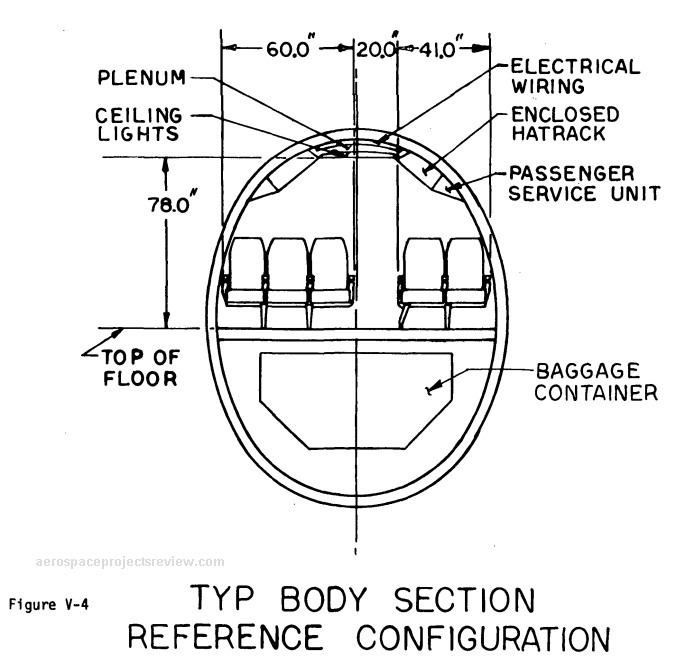
Note: the following two illustrations were stitched together from separate pages in the PDF. The full resolution versions are available to all APR Patreon patrons HERE.
The NTRS abstract page:
Advanced supersonic technology concept study reference characteristics
The direct link to the PDF file on the NTRS:
Advanced supersonic technology concept study reference characteristics
